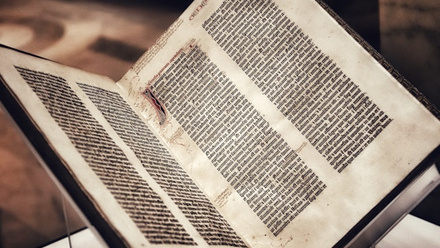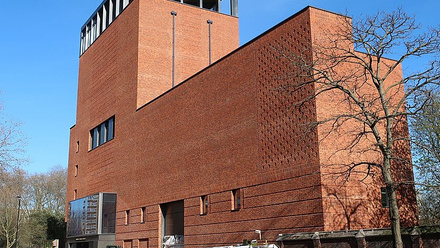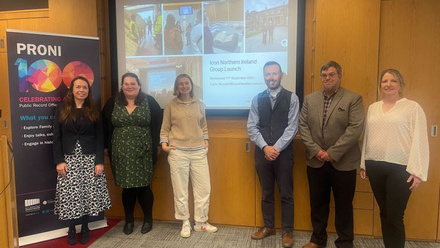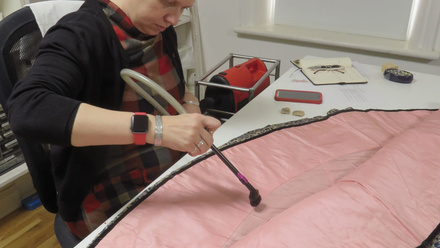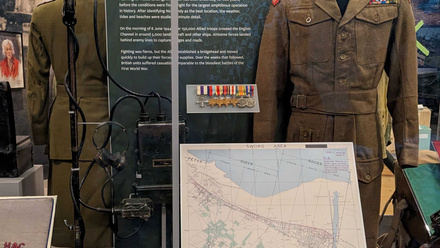A challenging project right off the bat
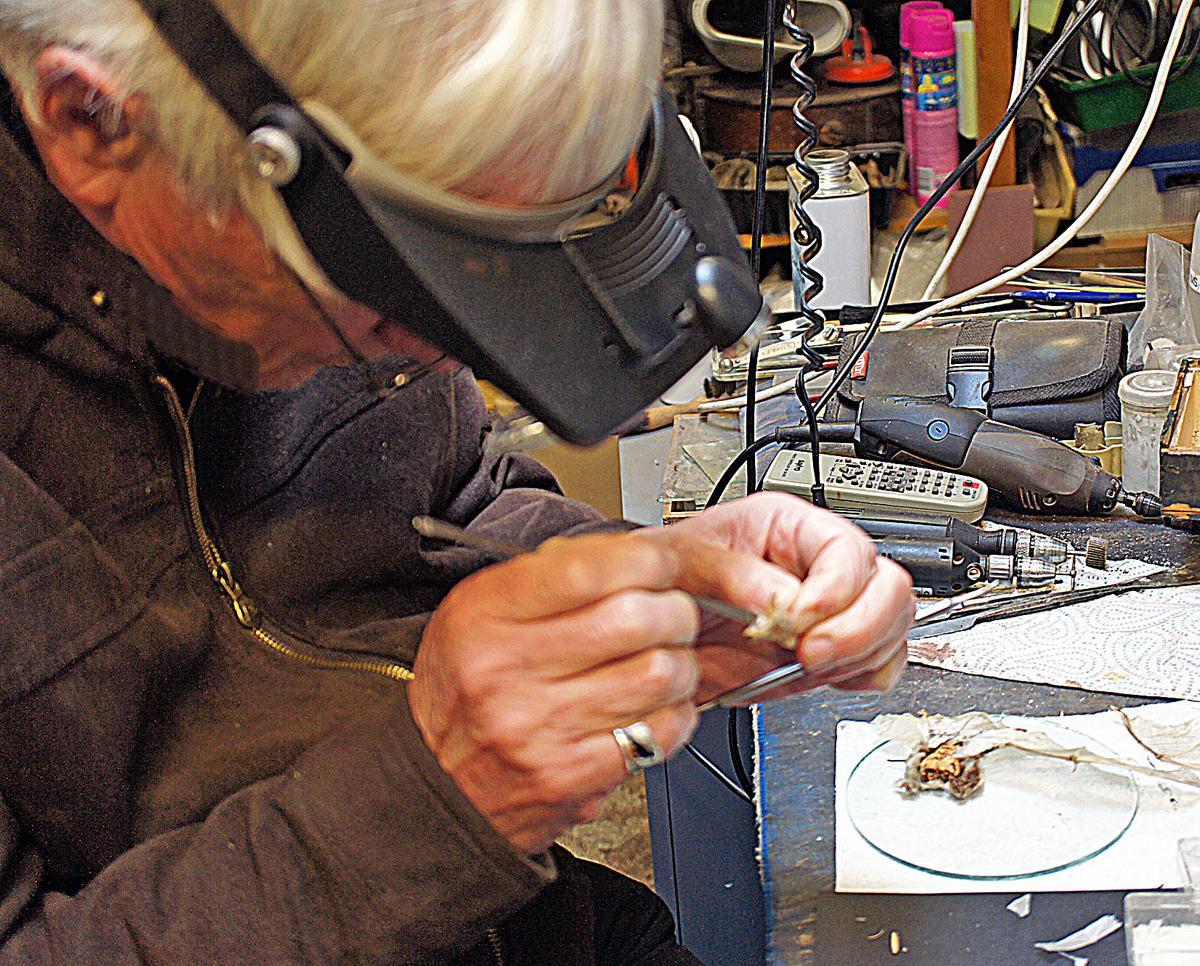
Cumberland House Natural History Museum received a grant from the Collections Care Stimulus Grant Fund to conserve and partially restore a taxidermy bat dated 6 September 1779 - the oldest specimen in their natural history collection.
1779 Taxidermist's label still intact
The taxidermist's label on the rear of the case is still intact, and shows that it is the work of Thomas Hall. Thomas Hall was one of the UK's earliest taxidermists and described himself as "the first artist in the world for preserving birds, beasts and all sorts of reptiles, to resemble attitude and perfection of life". He had a museum of stuffed animals at his home and is thought to have owned and exhibited the first kangaroo seen in Europe.
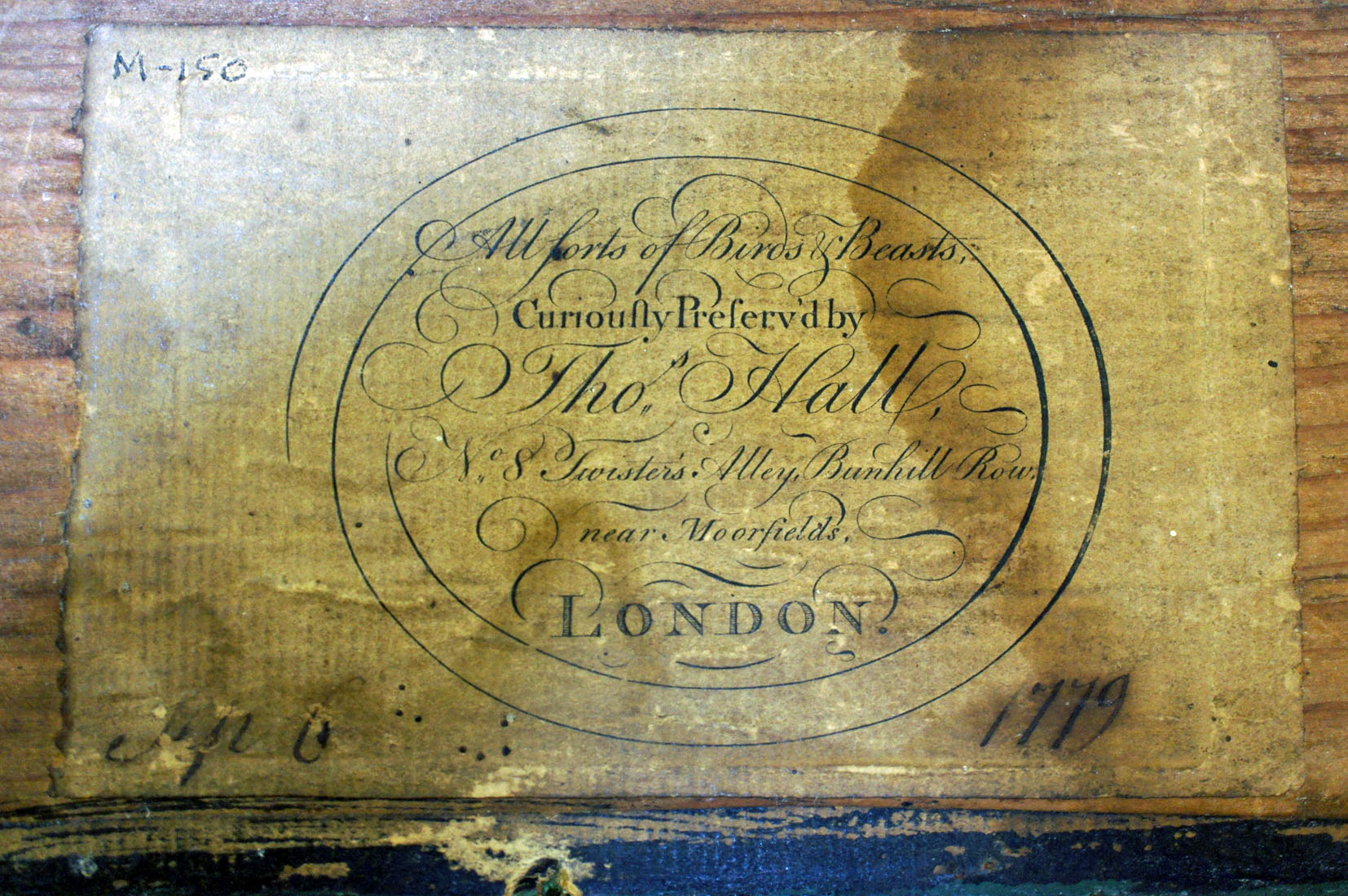
Specimen label dated to 1779
A delicate and challenging project
The work was carried out by Simon Moore ACR of Natural History Conservation, leading expert in the field of natural sciences conservation. The job was very delicate - head and both ears were detached, exposed part of armature rusted, wings embrittled and frequently torn and holed. Judging by the frass particles under the fur, the specimen had also been attacked by clothes moth larvae.
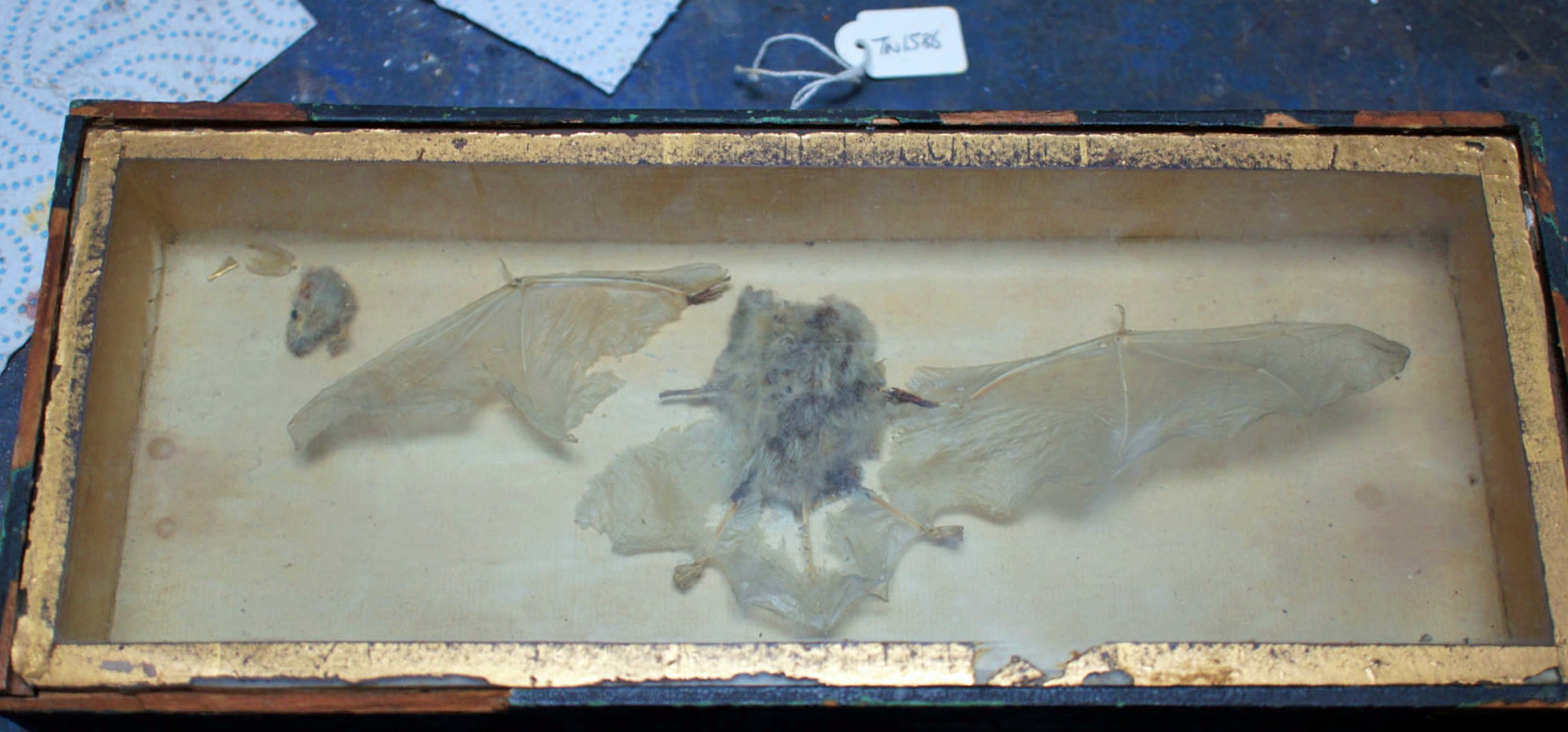
The right wing had become detached and the wing membrane and many other areas, especially the tail web, had either become torn or eaten away by the pest larvae. The brittleness of the wings was extreme and the project suffered a setback - a large hole appeared during the sizing of the wings because of the rehydration process and the weight of the size; but this was quickly tissued over and held together. The sizing, once dry adds a stronger and invisible membrane and also helps to blend in the tissued areas.
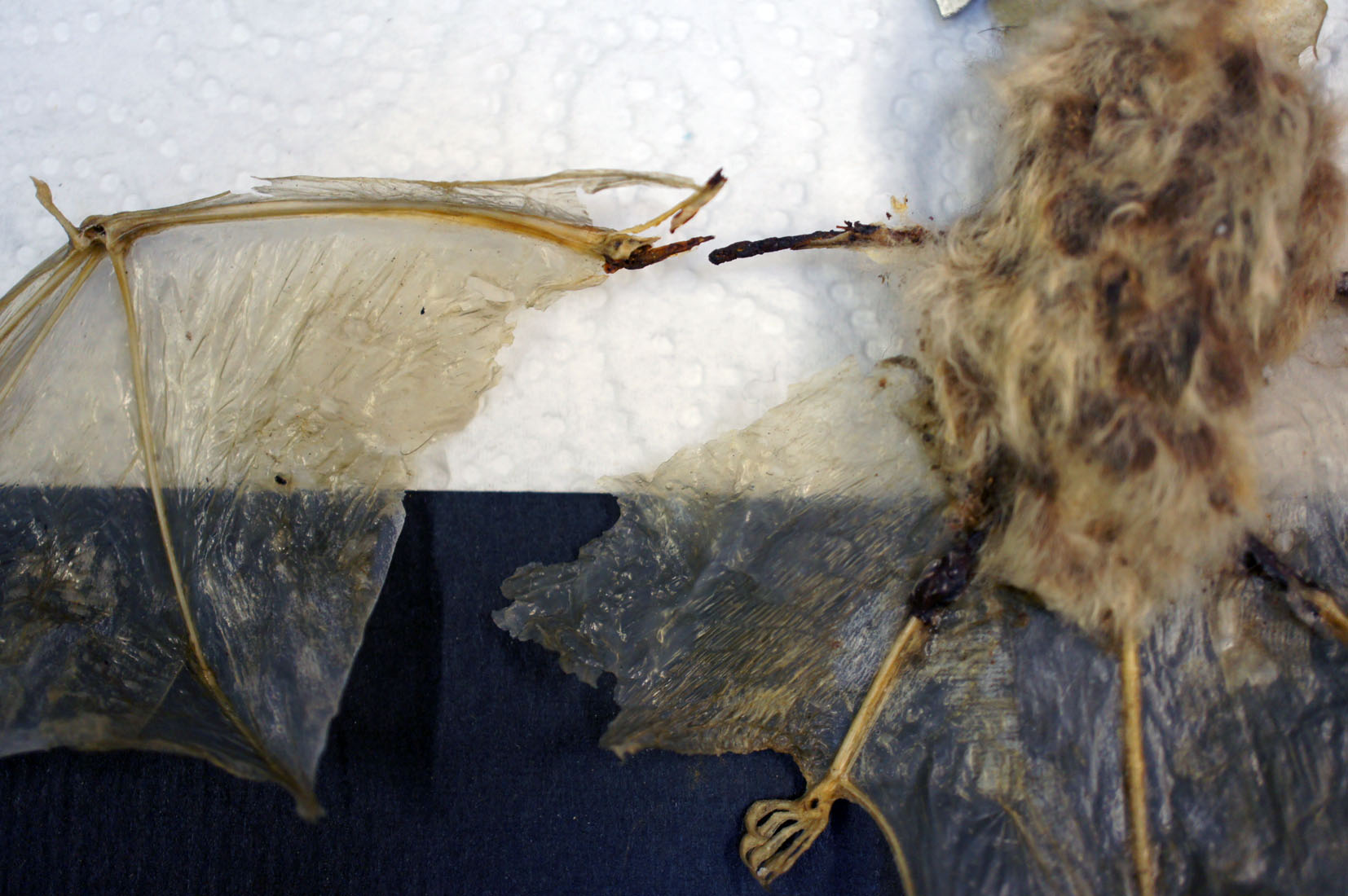
Left wing prior to adhesion
Final result
At the end of the project, the bat was mounted on a bit of cocktail stick and a small depression was drilled in the box base so the bat could be mounted back in its box. The partly-missing lower left corner of the box was also rebuilt so that the glass would sit nicely in the rebate, and also to help keep the pests out. The ripply old glass was carefully sealed in using old-fashioned gummed paper tape. This was then painted black and the final result is shown below.
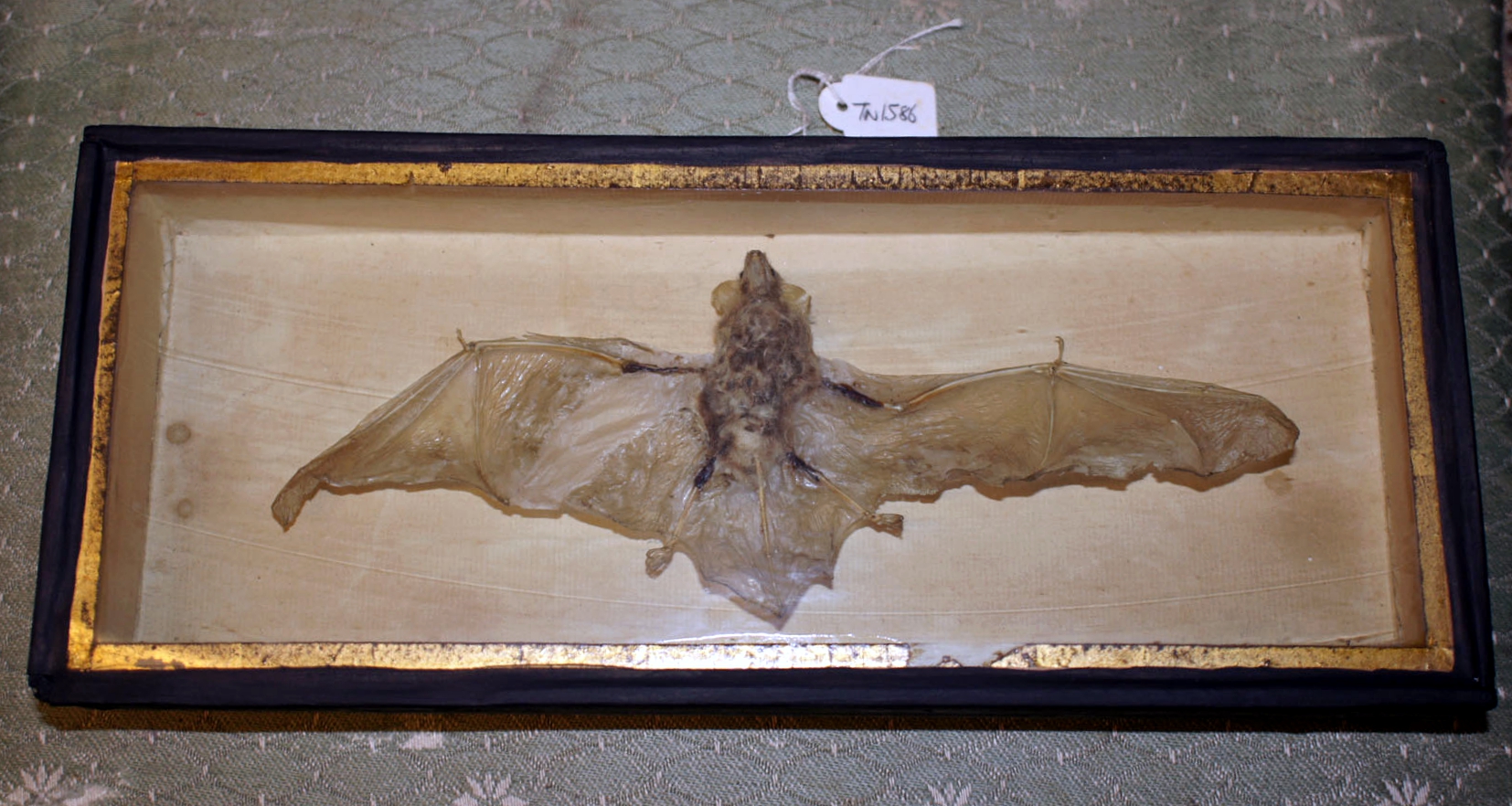
Made possible through the generous support of the Radcliffe Trust and others, the Collections Care Stimulus Fund supported the care and conservation of collections at a time when budgets for the conservation of collections and objects are diminishing. Icon awarded eight grants of up to £1,250 to UK-based museums, galleries and heritage institutions with less than 100,000 visitors per year that have suffered from a major drop in income over the last 12 months and were less able to commission conservation projects as a result. The conservation activities were carried out by Icon Accredited members. An accredited member of Icon (ACR) will have been through a robust professional practice assessment process to demonstrate that they have met the ‘proficient’ level of Icon’s Professional Standards. Accredited members can be identified through the Conservation Register.

